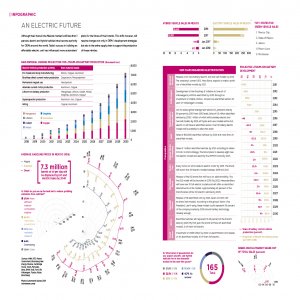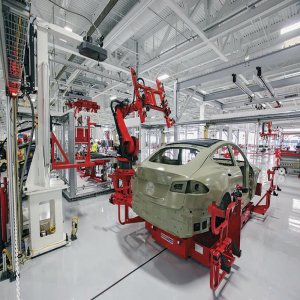Solid Growth, Moderate Inflation Expected

STORY INLINE POST
Q: How has HSBC’s growth forecast for Mexico been impacted by changes in the political and economic environment of North America?
A: HSBC maintains the same outlook. In terms of growth, while economic activity was slightly lower in 2Q18 than our estimates, Mexico’s economy has shown resilience in 3Q18. Considering the market volatility stemming from the NAFTA modernization process, the mutual imposition of trade tariffs between the US and Mexico and the dynamics preceding the 2018 presidential elections, 2Q18 was rather challenging. We have kept our growth forecasts above general consensus, with year-on-year growth rates of 2.5 percent for 2018 and 2.7 percent for 2019. We expect this growth will be supported by sound services and gradual recovery of Mexico’s industrial production. Exports and external cash flows such as foreign direct investment and remittances have incremented in 2018, which suggests that the external factors impacting the Mexican economy remain in check.
Mexico has shown a constructive attitude toward NAFTA. A successful deal could further strengthen trade dynamics in the region. Markets have reacted well both to the resumption of talks in July 2018 after a two-month pause and to negotiating teams highlighting the possibility of speeding up the text modernization process.
Q: What are your expectations for inflation in 2018 and 2019?
A: Inflation exceeded market expectations during the first half of July 2018 due to faster-than-anticipated increases in both core and noncore inflation components. The year-on-year rate is rising and has reached 4.85 percent after hitting an annual year-on-year low at 4.41 percent in the second half of April 2018. We do not believe the recent rise signals change in the underlying trend of disinflation but the pace of convergence to the central bank’s target will be delayed. HSBC recently revised up its inflation forecast to 4.1 percent toward the end of 2018 from its previous 3.8 percent expectation. This still reflects significant ease compared to the 6.8 percent rate registered at the end of 2017. By the end of 2019, we expect inflation to be 3.7 percent.
Q: What role do you think China will play in the development of the Mexican automotive industry and how will it change trade dynamics between Mexico and its NAFTA partners?
A: China mainly exports to Mexico and then Mexico re-exports to other countries with the US being the main target. NAFTA 2.0 should set an attractive landscape for Chinese companies to increase their investments in Mexico. If the outcome of the negotiations is positive, we expect Chinese foreign direct investment in Mexico to grow.
Q: What are the main opportunities for Mexico to strengthen its position following the modernization of NAFTA?
A: Mexico has very little to lose and a lot to gain from the renegotiation. This is particularly true when including economic sectors that were not part of the original agreement such as energy and retail. Consumers were not really a part of the original 1994 agreement but with the penetration of the Internet and the growth of e-commerce, it is likely that US retailers will push to increase their online sales in the region.
Mexico has already established itself as a strong automotive hub. The country’s infrastructure is already strong, its supply chain has matured and the country’s labor is qualified. We believe the Mexican automotive industry will continue growing as more manufacturers see Mexico as an attractive option to grow their operations. We agree with Bloomberg about Mexico being the most attractive emerging market. The country needs to finalize the NAFTA renegotiations, include sectors that were not originally contemplated in the treaty’s text, strengthen the domestic market, increase its competitiveness and boost security and rule of law in its territory. HSBC believes that Mexico has a potential for domestic sales of about 2.1 million vehicles a year. This demand is between 600,000 and 700,000 vehicles larger than the number of vehicles being sold today.
























